Day 5 - Tuesday, February 5, 2019
Maramboi Tented Lodge to N'gorongoro Sopa Lodge
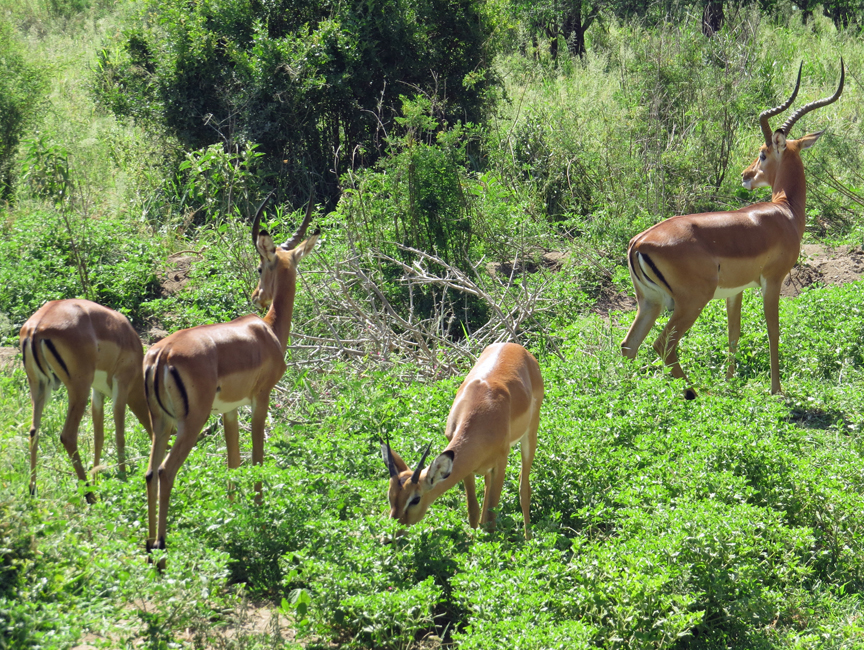
The chesnut coloured impala with black and white stripes on its rump and tail browses in the wooded savannah at the base of the rift where it can feed on fruits, seed pods, leaves and grass. The male has the lyre-shaped horns.
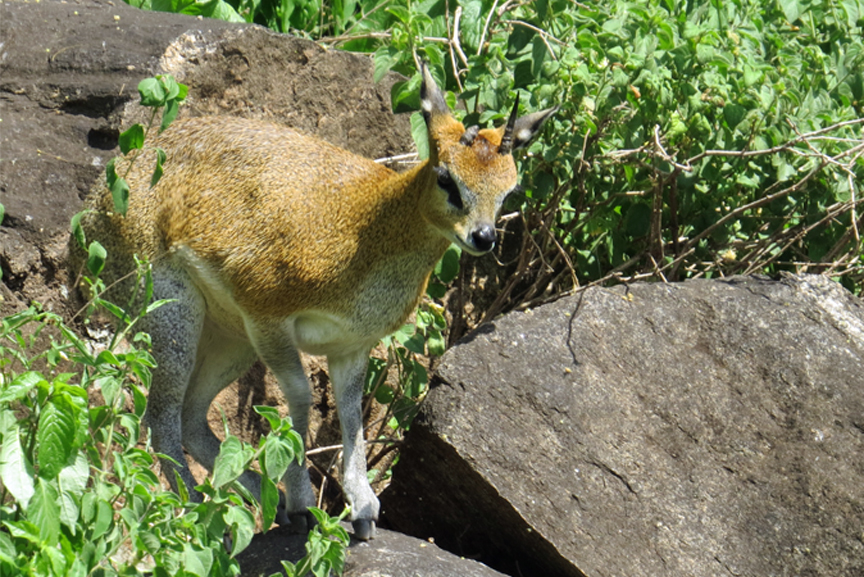
This small dik-dik is a herbivore, that lives on shrubs, fruits, berries, shoots and foliage growing on the cliffside of the Rift Valley parallel to Lake Manyara.
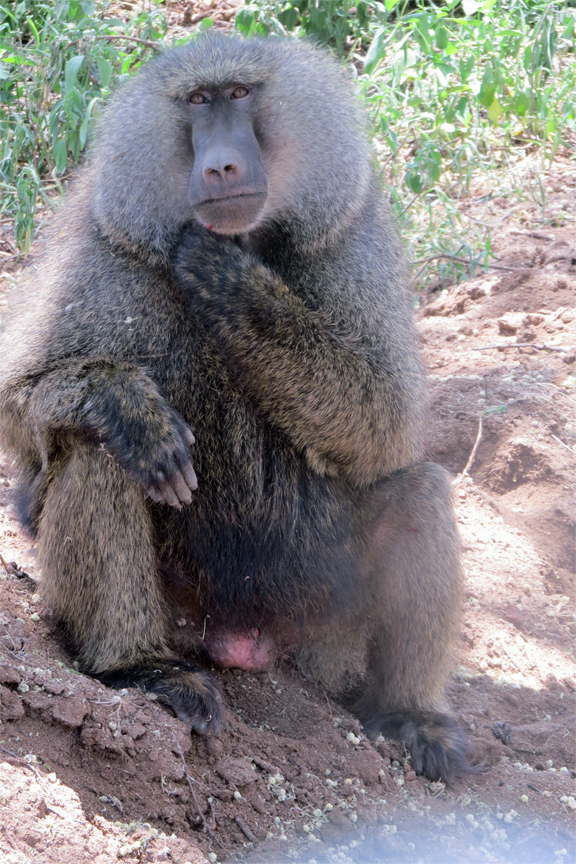
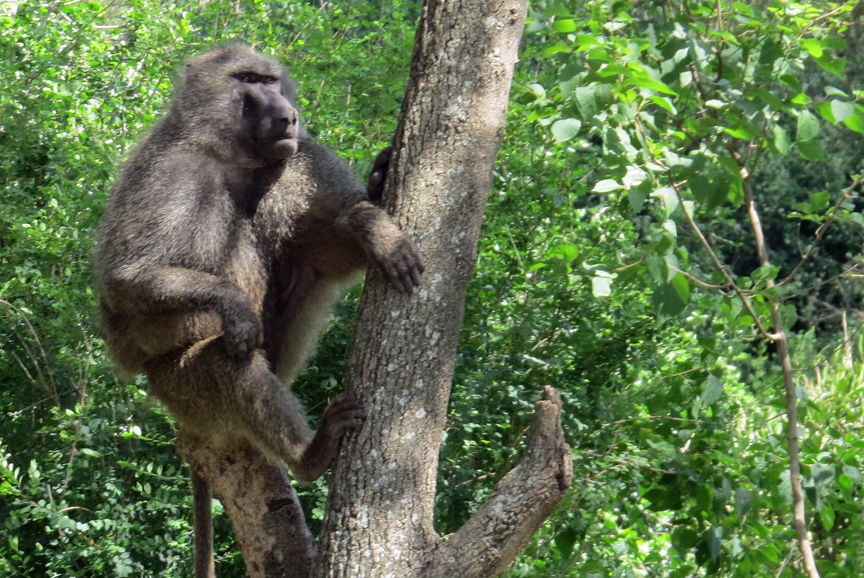
Lake Manyara is one of the best places to see the olive baboon that can kill a leopard with its five centimetre fangs but that prefers to deal with threats by showering them with liquid excrement from perches high in the trees.
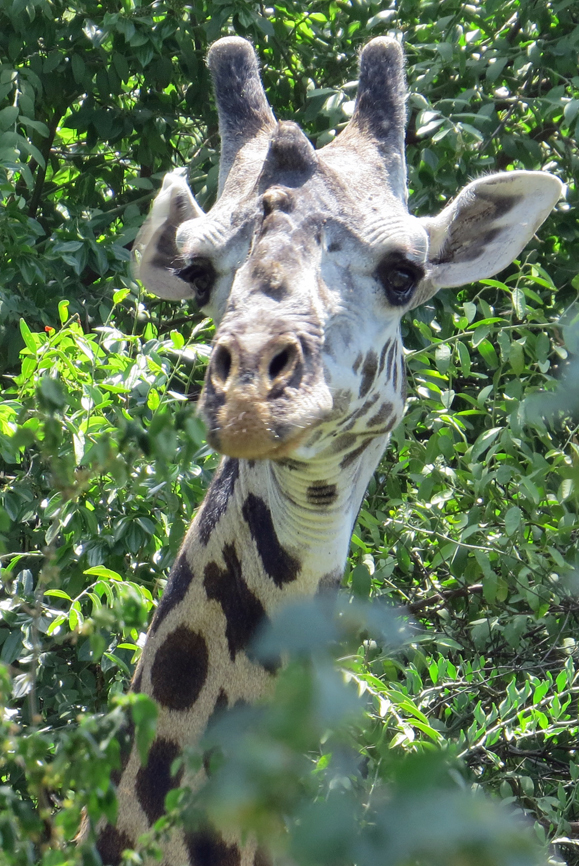
A giraffe's head can be seen through the leaves in the woodlands of Lake Manyara N.P.

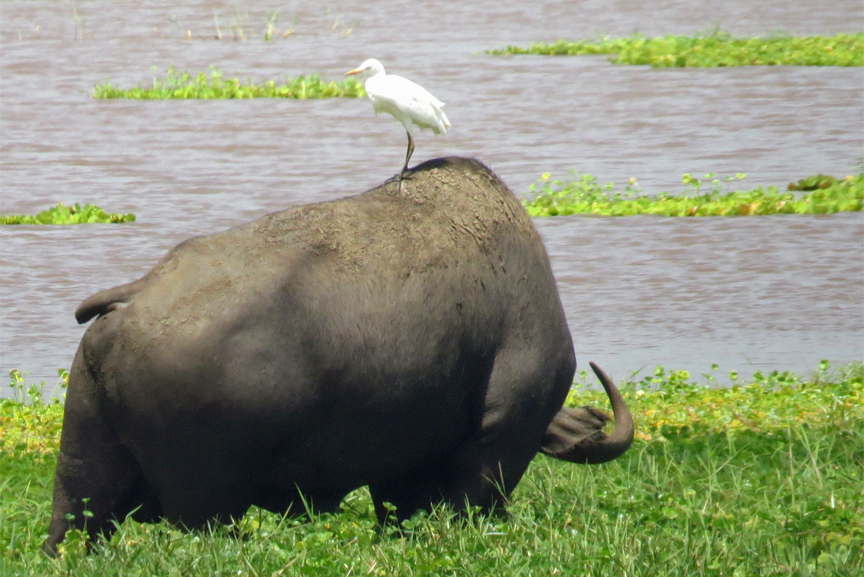
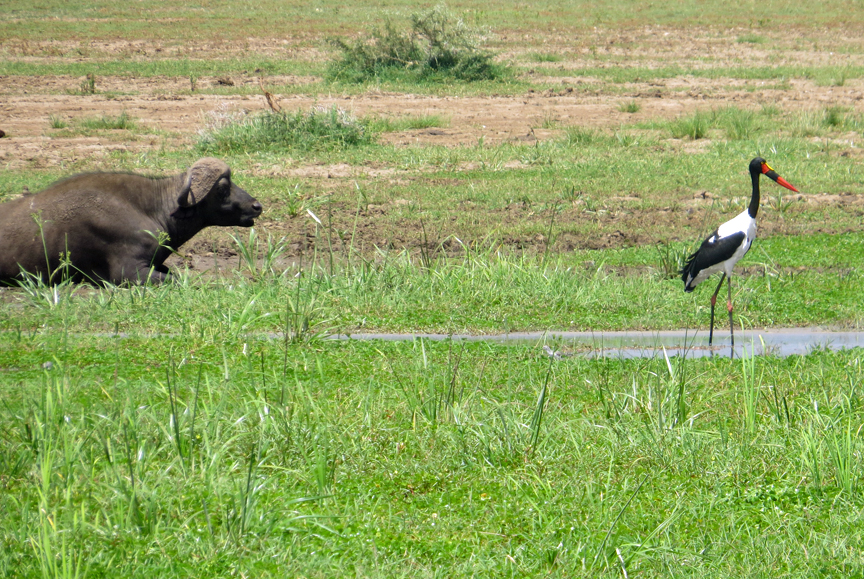
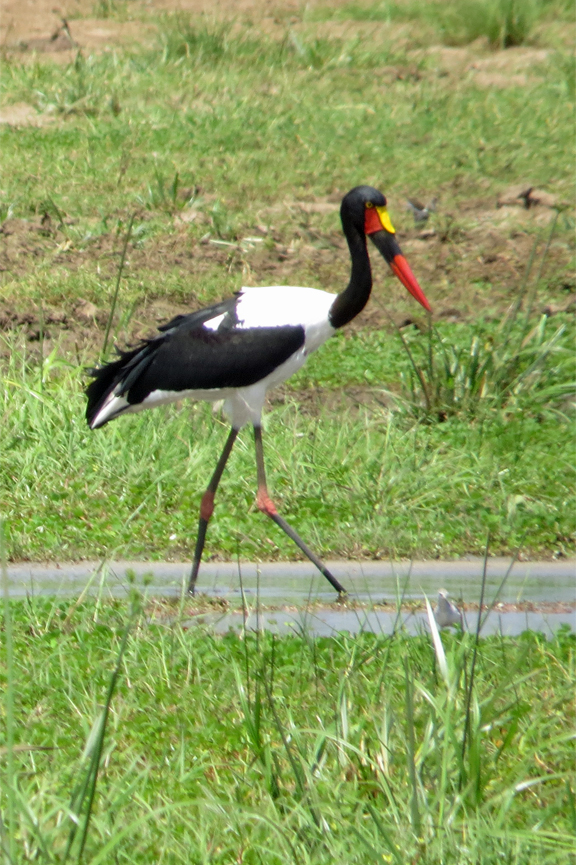
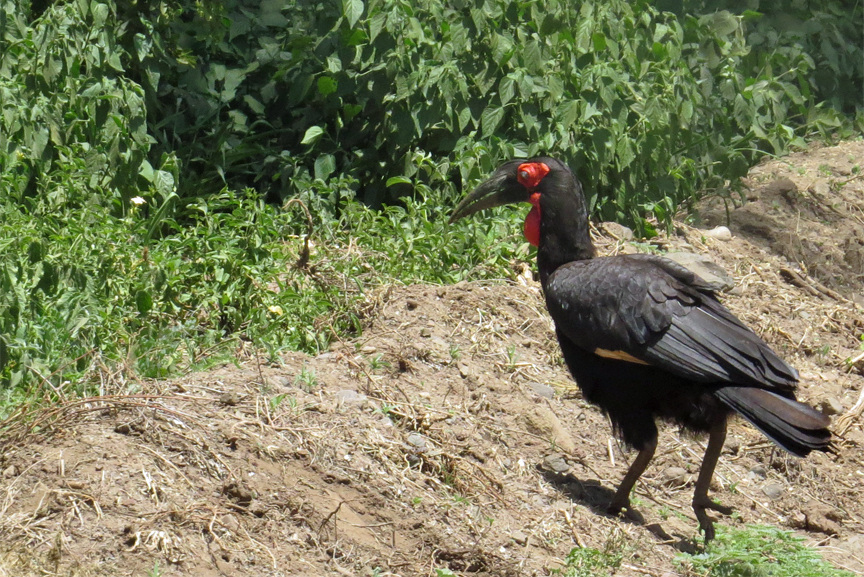
The southern ground hornbill (bucorvus leadbeateri) is the largest hornbill in the world. It has striking black plumage and deep-red skin on its face and neck.


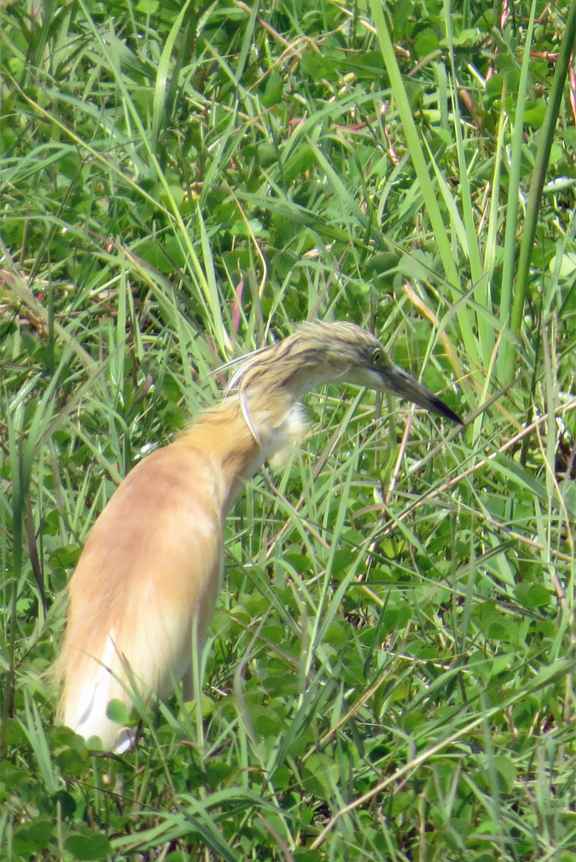
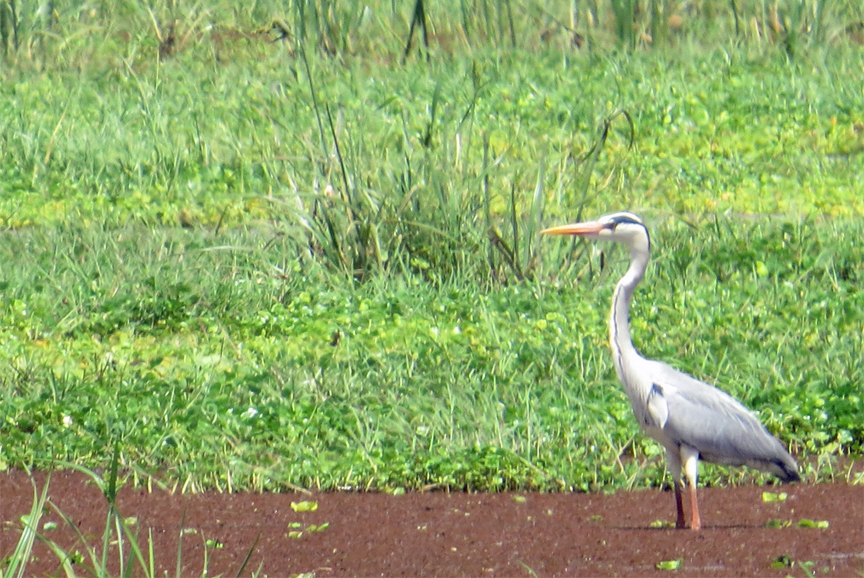
As lunch time approached we arrived at a wetland where there was an abundance of bird life as well as a few buffalo and hippos in the distance.

As we were approaching the Sopa Lodge we stopped at a lookout to see the Ngorongoro Crater through the afternoon haze. The crater is 19 kilometres wide and has an area of 264 square kilometres. We would save the 400-610 metre descent to the crater floor until early the next morning.
Return to the On Safari in Tanzania 2019 Home Page.